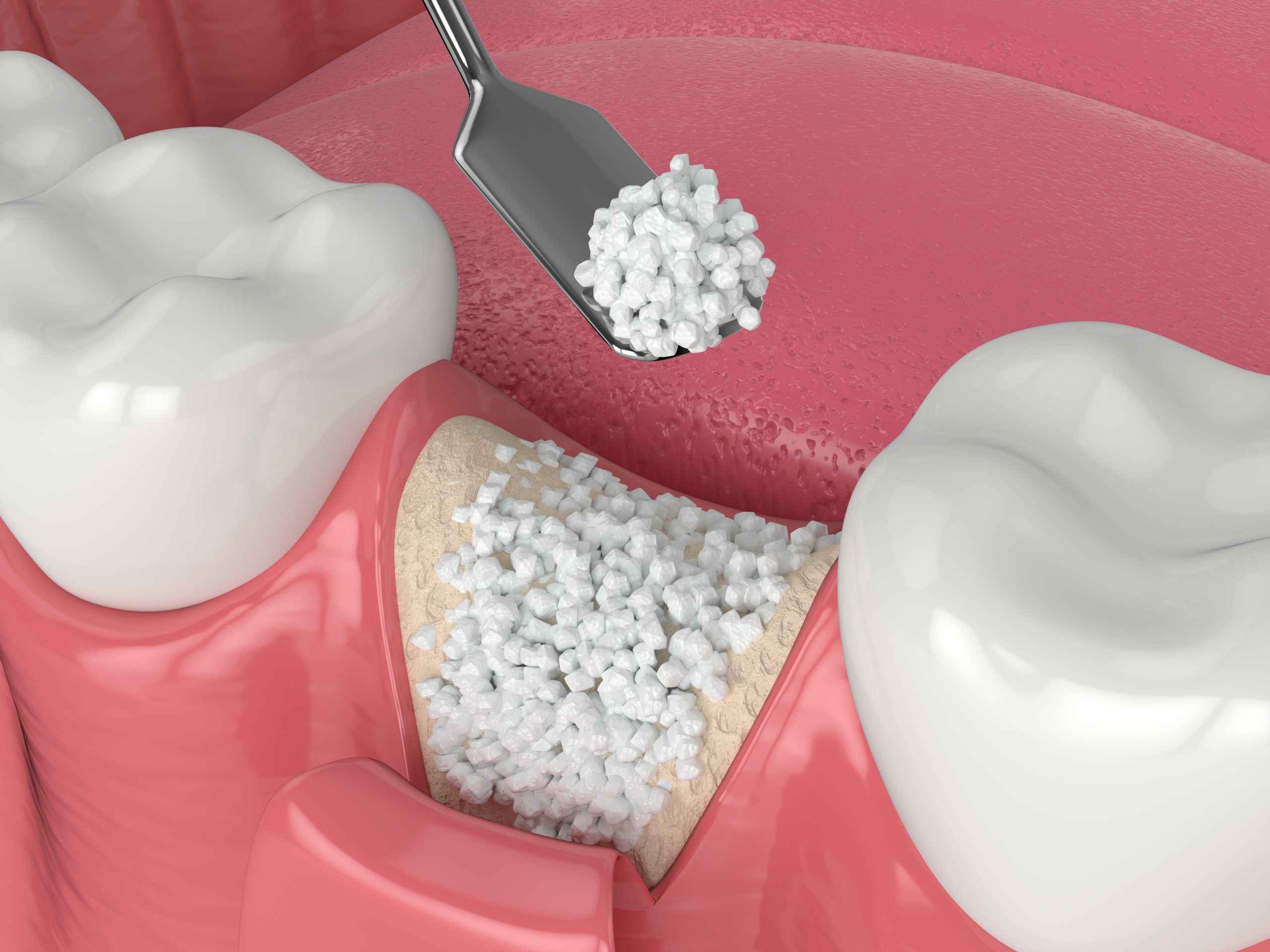Bone Grafting
How Bone Grafting Is Performed
In a bone grafting procedure, your oral surgeon will carefully lift the gums and apply a blend of bone material and growth factors to the targeted area requiring additional bone development. This bone material typically comprises small granules sourced either from your own bone or a tissue bank. After the material is placed, your surgeon will suture the gums to protect the treated area.
Bone grafts offer numerous advantages, including:
- Expanding the pool of candidates for dental implants, even in cases of insufficient initial bone volume.
- Mitigating the risk of long-term health issues associated with tooth loss or extraction.
- Significantly enhancing the aesthetic outcomes of restorative treatments, such as dental implants or crowns.


